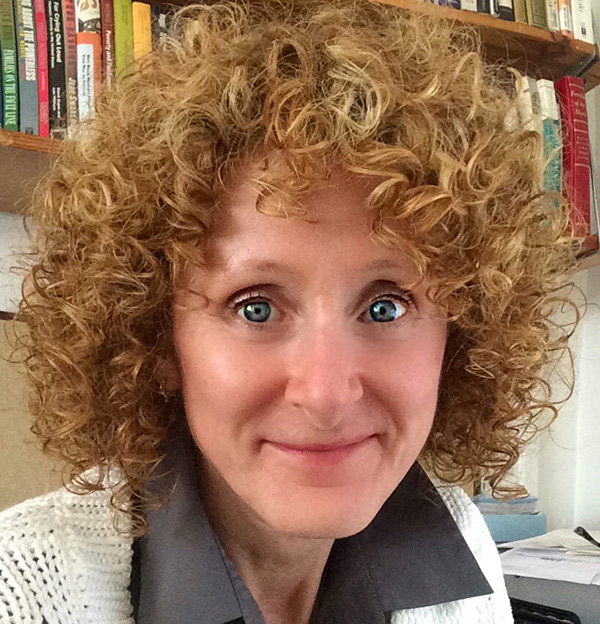When White Teachers Teach About Racism

“White professors will face the healthy skepticism of colleagues, administrators, and students of color, many of whom will have encountered countless well-intentioned White multicultural experts who speak the language of tolerance and celebrate diversity, yet demonstrate little awareness of the prevalence and impact of racism or their own privilege,” conclude Smith, Director of Training for the Doctoral Program in Counseling Psychology and coauthors University of Missouri-St. Louis Counseling Professor Susan Kashubeck-West; Gregory Payton, the co-director of the TC Winter Roundtable and a Columbia University lecturer; and Eve Adams, Professor and Director of Training in the Department of Psychology at New Mexico State University.
“White Professors Teaching about Racism” addresses the premise that “Nowhere is our sense of challenge heightened more than when we are teaching courses that address social justice and/or multicultural content.”
“White professors will face the healthy skepticism of colleagues, administrators, and students of color, many of whom will have encountered countless well-intentioned White multicultural experts who speak the language of tolerance and celebrate diversity, yet demonstrate little awareness of the prevalence and impact of racism or their own privilege,”
That challenge, the authors assert, arises from immutable evidence that every faculty member and student brings to campus a racial biography defined by personal experience.
Those biographies in turn carry the potential to resurface, with negative consequences, in an environment intended to generate introspection and open dialogue.
According to the authors, white professors teaching multicultural courses are often “poorly prepared” for questions about their viability from students of color.
Faculty who are “new to academia and/or are facing tenure review…may feel especially unmoored” by situations that emerge in discussions about race and racial attitudes.
Smith and her co-authors write that the resentment of white faculty can surface in accusations of “imposter syndrome” from students of color and ambivalence bordering on skepticism about the reality of white privilege from white students. .
The climate calls for a twofold approach the authors suggest can begin with an analysis of “how Whiteness pervades both conscious and unconscious value systems, attitudes” and extend into communication strategies to unpack many of the encumbrances and misconceptions typically found in multicultural classrooms.
“Through self-disclosure, we have the opportunity to model the process that our students will hopefully initiate or continue, depending on where they are on their own multicultural journeys,” the authors write. “In this effort, we attempt to infuse our teaching with snapshots from our own development. These snapshots and stories might include the struggles and blind spots that we remember and still encounter, influential teachers and role models and the ways in which they guided us, difficult dialogues and personal missteps, and ‘lightbulb’ moments when new understandings were suddenly illuminated—and, of course, what we learned from all of these.”
The authors agree that communication is key to “unpacking” the encumbrances and preconceptions that students and faculty bring to a multi-cultural classroom. But in academia, as in American society in general, communication is often difficult when the discussion turns to race.
Smith and her colleagues nonetheless identify “self- disclosure” as a starting point.
The authors see the sharing of experiences that shaped their own attitudes on race as a means to “free” faculty from the “from the anxiety-provoking and unrealistic need to appear perfect [as they] contribute to the creation of a class environment where students feel invited to talk about their own internalized racism.” – Steve Giegerich
Published Wednesday, Dec 20, 2017